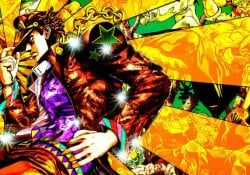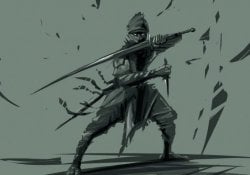How is Japanese read? Is it the other way around? Is it read backwards? What is the most common way to read Japanese? Vertically or horizontally? How is the Japanese language written? This and other questions we will answer in this article.
Many people believe that the Japanese language is written and read backwards like the Arabic language. This idea occurs due to manga and some traditional books, opened backwards, but is it true?
We also recommend reading:
- Japanese Writing – Difficult? Required?
- KANA: Definitive Guide to Hiragana and Katakana - Japanese alphabet
Índice de Conteúdo
Is Japanese read or written backwards? Backwards?
The answer to the question “Is Japanese read backwards?” it is a definite no. Japanese is not read backwards, and there are several reasons for this.
The Japanese language is written and read like most Western languages, from left to right. It's not like Arabic where reading and writing is done backwards.
Many believe that Japanese is read from right to left due to manga, light novels and other traditional books actually read that way, but there is a reason and it doesn't mean they are written backwards.
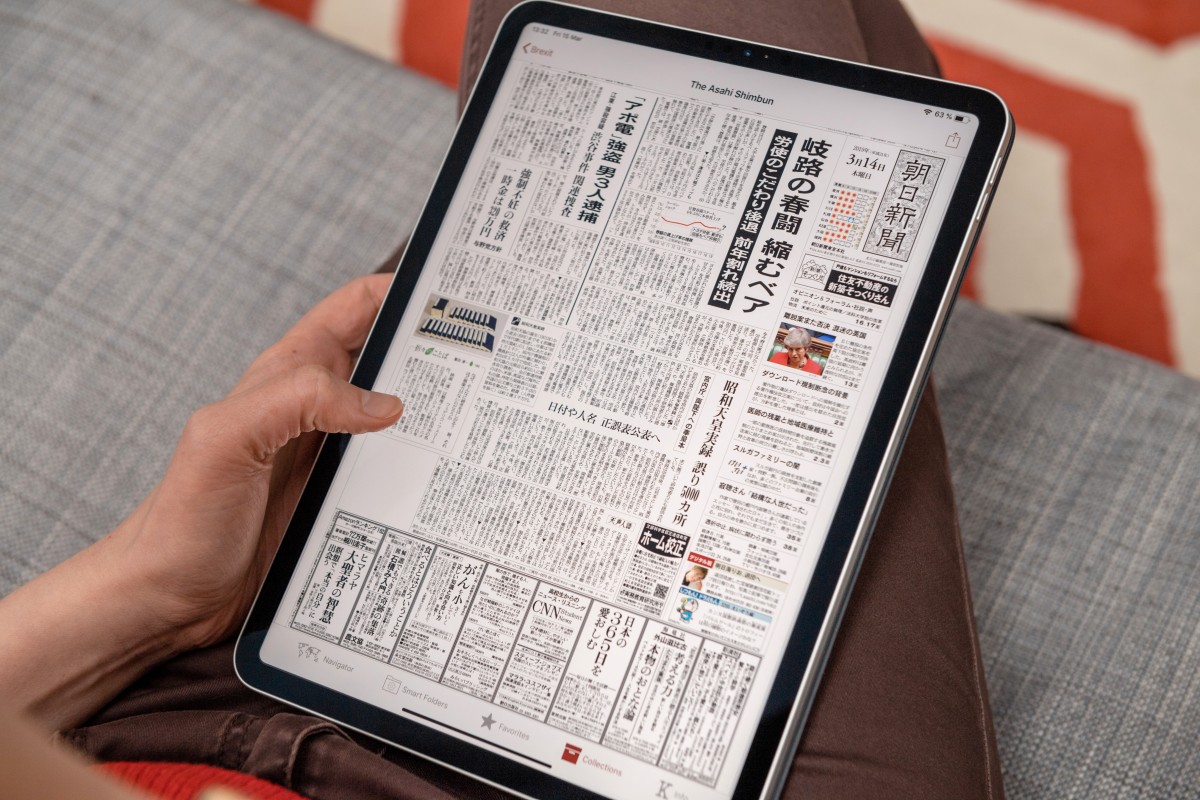
Tategaki - Reading Right to Left Vertically
The traditional form of Japanese writing in newspapers and some books is vertical, in which case the reading is really done from right to left, as we can see in some manga.
This form has become standard because in the old days things were written with a brush on paper rolled up like parchment.
This type of reading is called tategaki [縦書き] which literally means vertical writing. Where all text is written in columns from top to bottom right to left.
This writing is mostly found in newspapers, manga, light novels, traditional books, pamphlets, advertisements and others. Generally the covers of publications are found unlike western books.
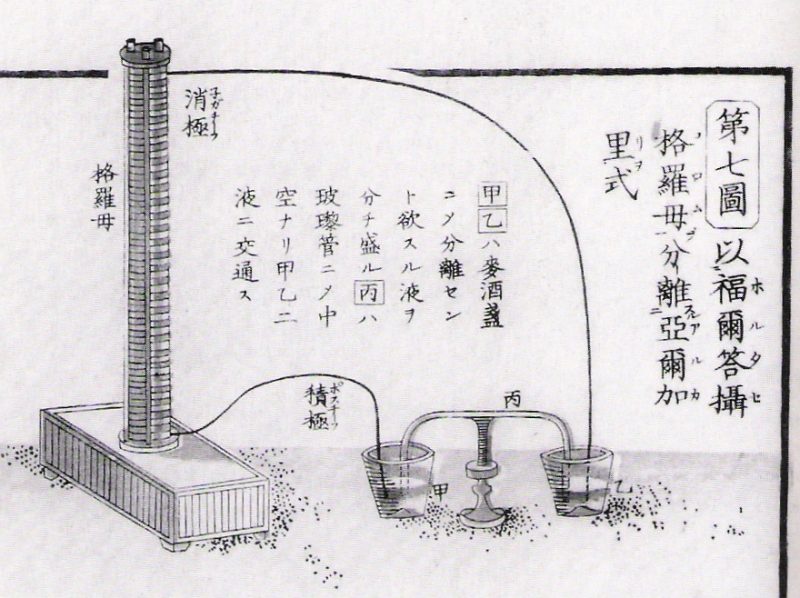
The fact that text written vertically is read from right to left does not mean that it was written backwards. So much so that the writing of an ideogram or kana usually starts on the left.
The truth is that unlike the Roman alphabet, Japanese does not connect its letters when writing, which gives some flexibility when reading. It's like everything is written in block letters.
The image below shows the Hiragana alphabet where the reading and writing order is in tategaki, but as you can see in their letters, they are written from left to right.
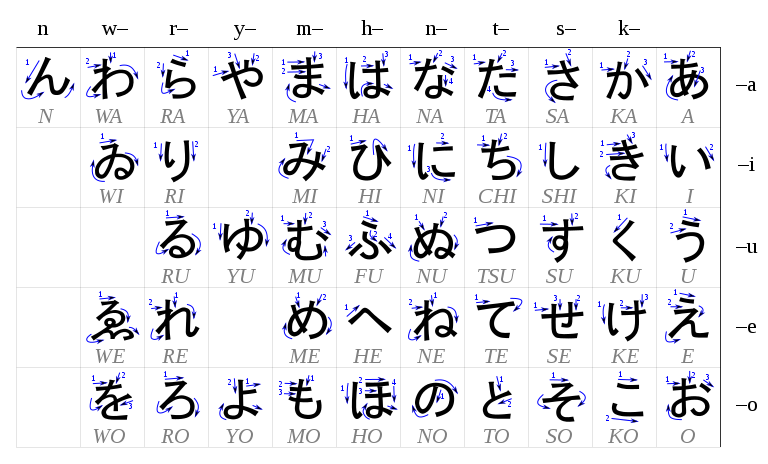
Yokogaki - Left to right horizontally
Horizontal writing from left to right as usual in the West is called Yokogaki [横書き] which literally means horizontal writing.
This form of writing prevailed after World War II, with foreign influence and the westernization of Japan. Not that such writing did not exist, but it was not common before.
Today, horizontal writing is so common that it is used by students in schools, in textbooks, on pamphlets, signs, and pretty much everything else in Japan.
With the advancement of technology, messaging apps and other social networks use horizontal writing. Books and publications translated into Japanese also arrive horizontally.
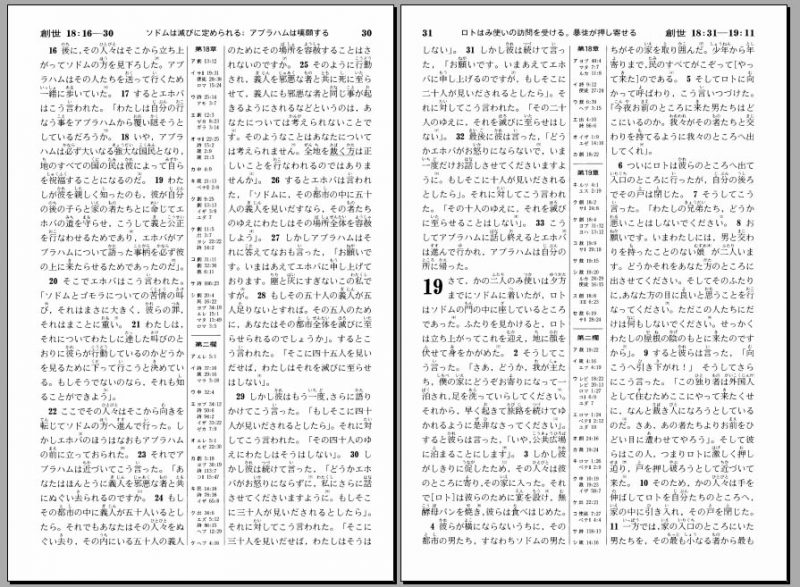
The article is still halfway through, but we recommend also reading:
Which script is most common in Japanese? Vertical or Horizontal?
There is no better or greater than the other, both tategaki and yokogaki are used, it all depends on the author's preference, and also on editorial customs.
Generally the two scripts can be used together, and fitted in the appropriate space of the place where it is printed or written.
For the Japanese, the order in which it is written does not make much difference, since the ideograms are written separately without any connection. Some older Japanese may find it easier to read texts with vertical writing.
We recommend reading: Mokkan - Wooden Planks of Ancient Japan
Reading from right to left horizontally
Before World War II, when vertical reading was more common, the custom of reading from right to left meant that horizontal writing was already done from right to left.
Vertical was common, but when there was a lack of space, or for design reasons, horizontal writing and reading was done from right to left.
The Japanese didn't think of this form of writing as anything other than vertical, they just saw it as new lines in a column. Today this form of writing is outdated and used only when you want to convey the idea of retro.
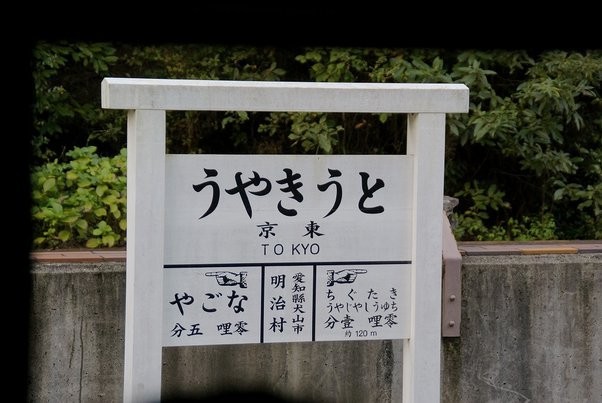
Grammar is the other way around
Despite the writing being from left to right, one thing that often confuses foreigners studying the Japanese language is its SOV grammar, where the verb tends to always be at the end of the sentence.
As much as Japanese grammar is quite simple, this small change can end up causing confusion in the minds of some students.
We recommend reading the following article that will help you understand the grammatical structure of sentences in the Japanese language: SOV Structure – How to Create Sentences in Japanese





